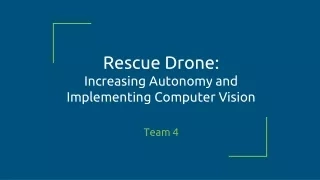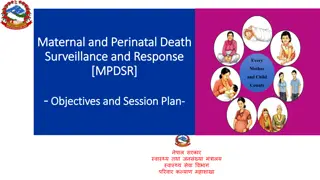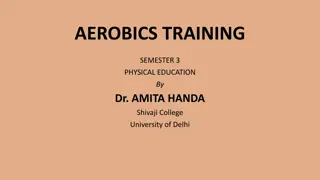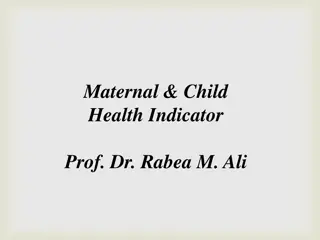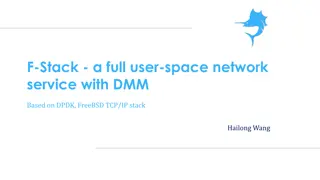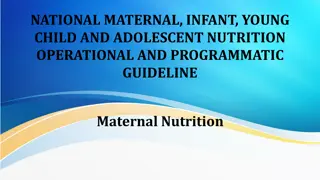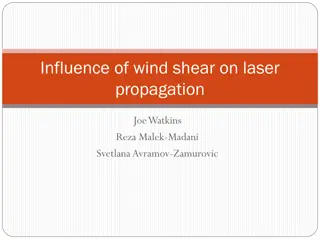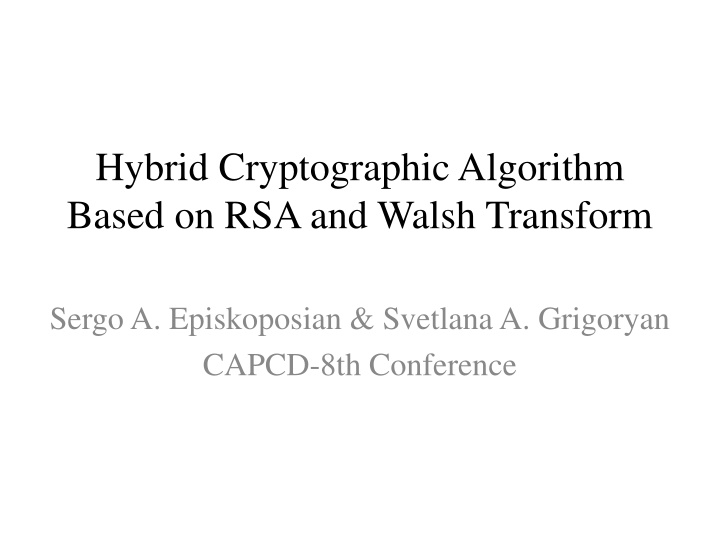
Hybrid Cryptographic Algorithm Based on RSA and Walsh Transform
Explore the combination of RSA and Walsh Transform in a hybrid cryptographic algorithm presented at the CAPCD-8th Conference. Learn about the significance of cryptography from ancient times to modern applications, including the RSA algorithm's strengths and limitations. Discover the role of Rademacher and Walsh functions, along with the properties and applications of Walsh functions in encryption methods.
Uploaded on | 3 Views
Download Presentation

Please find below an Image/Link to download the presentation.
The content on the website is provided AS IS for your information and personal use only. It may not be sold, licensed, or shared on other websites without obtaining consent from the author. If you encounter any issues during the download, it is possible that the publisher has removed the file from their server.
You are allowed to download the files provided on this website for personal or commercial use, subject to the condition that they are used lawfully. All files are the property of their respective owners.
The content on the website is provided AS IS for your information and personal use only. It may not be sold, licensed, or shared on other websites without obtaining consent from the author.
E N D
Presentation Transcript
Hybrid Cryptographic Algorithm Based on RSA and Walsh Transform Sergo A. Episkoposian & Svetlana A. Grigoryan CAPCD-8th Conference
Introduction Cryptography in Ancient Times (Egypt, Mesopotamia, Rome) Importance of Cryptography Combining RSA and Walsh Transform to improve encryption
Cryptographic Methods Overview Secret Key Cryptography (SKC): Single key for encryption and decryption Public Key Cryptography (PKC): Dual keys for secure communication Hash Functions: Irreversible transformations for data integrity Focus: Public Key Cryptography and hybrid methods
RSA Algorithm Asymmetric encryption: Public and private keys Uses large prime numbers for security Steps: o Key generation o Encryption using public key o Decryption using private key Strengths: High security, widely adopted Limitations: For encrypting large datasets, it is inefficient
Rademacher & Walsh Functions Walsh system definition is based on Rademacher functions Rademacher functions are defined as: , 0 , 1 , 1 x 2 ) 1 + = = k ( ( ), ( ) 2 ( 0 r ) r x r x r x x 2 , 1 = = ( ) ,... r x k 0 0 k 0 , 1 , 1 1 , x 2
?0? ?1? ?2(?)
Walsh Functions Let ? be any natural number, represented as ? = 2?1+ 2?1+ + 2?? ?1> ?2> > ?? 0. The ?-th Walsh function will be defined as follows: ? ??(?) = ???(?) = ??1? ??2? ???? ?=1
Walsh Functions Properties of Walsh system: o Orthogonality: Ensures independence o Unit Energy: Normalized basis functions o Completeness: Can represent any function Walsh functions generate Hadamard matrices, and Hadamard matrices can reconstruct Walsh functions. Walsh functions can be derived from Hadamard matrices by rearranging rows based on specific numeration changes.
Hadamard Matrix A Hadamard matrix is a square matrix whose elements are either +1 or -1. The Hadamard matrix is obtained using the recurrence formula: ? ? 2 ? ? 2 ? ? 2 ? ??= , ? 2 where ?1= [1]. For example: 1 1 1 1 1 1 1 1 ?2=1 1 1 1 1 1 1 1 1, ?4= 1 1 1 Walsh functions are essentially the rows of the Hadamard matrix rearranged in order.
Walsh-Hadamard Transform Direct transform: Converts data into Walsh coefficients Inverse transform: Reconstructs data from coefficients Advantages: o Fast computation o Lightweight and scalable
Hybrid Approach Preprocessing with Walsh Transform: o Adds complexity Encryption with RSA: oSecures key management Combination benefits: oImproved security oBalanced performance
Comparative Analysis Walsh Transform: o Fast but limited cryptographic strength RSA: o Strong encryption, high resource usage Hybrid: o Balances speed and security o Effective for secure communications
Experimental Results Encryption times: Walsh: 0.00018s RSA: 0.0014s Hybrid: 0.0028s Decryption times: Walsh: 0.0010s RSA: 0.0051s Hybrid: 0.0061s
Conclusion and Future Directions Hybrid performance Challenge: Optimizing algorithm speed Future work: Optimize Walsh Transform implementation Explore hybrid methods for other applications approach enhances cryptographic

